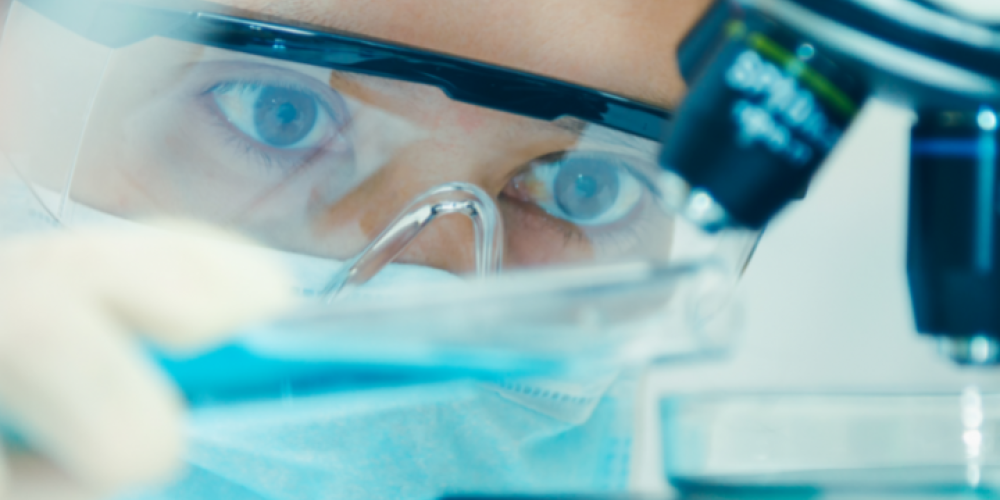
Consortium of VUB and UZ Brussel receives three million European innovation grant
Groundbreaking research in diagnosis and monitoring of diabetes receives grant of three million euro. With the new technology the diagnosis and monitoring of diabetes does no longer require expensive equipment and can be performed in a first line setting, by the general practitioner or nurse. Today the monitoring process is expensive and time consuming and not all patients can be reached. More than 500 million people worldwide suffer from diabetes. The consortium of the Vrije Universiteit Brussel and UZ Brussel receives funding through the Pathfinder funding scheme of the European Innovation Council. With Pathfinder the EIC supports the development of emerging breakthrough technologies.
Two VUB research groups, µFlow Cell (Prof. Wim De Malsche) and B-PHOT Brussels Photonics (Prof. Heidi Ottevaere) and one group of UZ Brussel (Clinical Biology Laboratories - Prof. Ilse Weets and Prof. Katrien Lanckmans) are part of the consortium. This interdisciplinary and international project is coordinated by Prof. De Malsche. They are developing a point-of-care device for better diagnosis and monitoring of diabetes with the help of so-called vortex chromatography combined with sensitive and miniaturized multimodal optical detection.
The µFlow Cell is a multidisciplinary research group of the VUB working on microfluidics, with a strong focus on medical applications. B-PHOT has expertise on biosensors, optical detection techniques and lab-on-chips to realize fast, reliable, sensitive, compact, and cost-effective multimodal diagnostic sensors for applications such as health and environmental monitoring. The clinical biology laboratories of UZ Brussel have unique expertise in diabetes diagnosis and monitoring, taking care of more than 5000 patients per year. After a fruitful cooperation of many years between these teams, they now bundle forces in this European consortium.
Vortex chromatography
In order to diagnose and monitor diabetes, patients visit the hospital several times per year to have their blood analyzed. The analysis measures the amount of glycated hemoglobin (HbA1c) in the blood. HbA1c not only provides a reliable measure of chronic hyperglycemia, but also correlates well with the risk of long-term diabetes complications.
These analyses are currently performed in specialized laboratories by experts using bulky equipment. Point-of-care solutions are emerging but suffer from low accuracy to measure HbA1c. Moreover, they do not take into account the presence of genetic variants of hemoglobin found in people with different ethnic backgrounds.
The team of Prof. De Malsche has developed a unique technology called vortex chromatography that induces lateral vortices in a chromatographic column, which allows for complex separations at reduced pressure. It is a promising technique for the separation of blood and accurate measurement of all hemoglobin variants. Since the method can be performed at low pressure, it also opens the door for implementation of the instrument in a first line setting. In order to microfabricate these novel columns, complementary expertise of Joanneum Research in Austria, Demokritos in Greece, and French company Coating Plasma Innovation (CPI) will be sought.
Prof. Wim De Malsche comments: “Our vortex chromatography approach will now be applied in plastic substrates that can be potentially mass-produced at very low cost. Because the columns will operate at low pressure and optical detection will be integrated in the column we also expect the instrument size and cost to be reduced in the future. As a first high impact application we will focus on the quantification of hemoglobin variants in human blood “.
Filip Legein, Valorization Manager of µFlow Cell, adds: “More than 500 million people worldwide suffer from diabetes. 7% of these people get an inaccurate diagnosis due the presence of genetic variants in the blood. Vortex chromatography will not only enable more accurate diagnosis of diabetes for these patients, it will also allow to bring monitoring of the disease closer to the patient”.